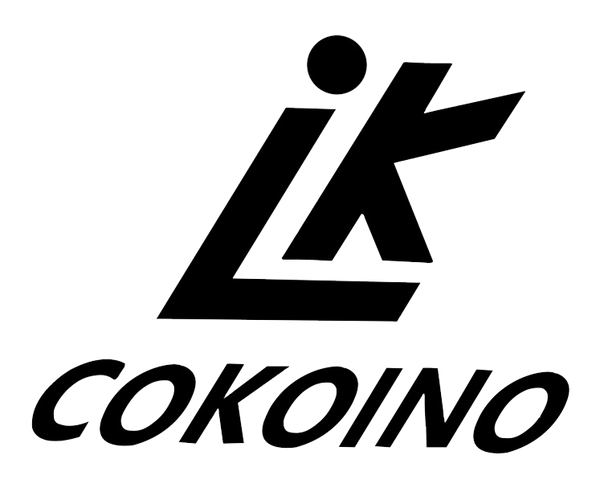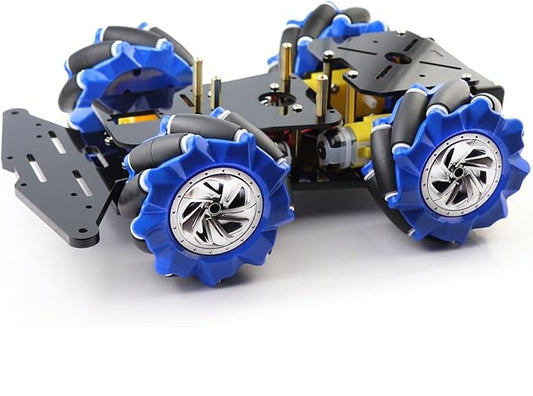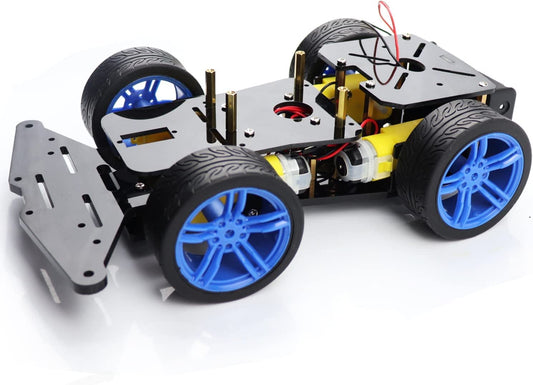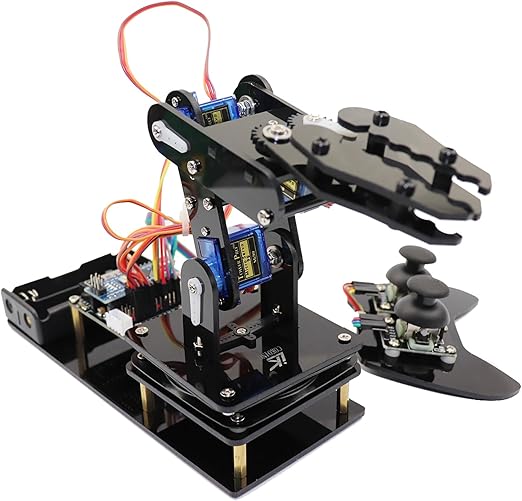
Featured products
-
4WD Mecanum Wheel Smart Car Robot Chassis
Vendor:Cokoino5.0 / 5.0
(5) 5 total reviews
Regular price $33.00 USDRegular priceUnit price / per -

4WD Omni-Directional with Mecanum Wheels Robot Car Kit for Arduino, STEM Education Project Robot Car
Vendor:Cokoino4.5 / 5.0
(4) 4 total reviews
Regular price $54.99 USDRegular priceUnit price / per -
4WD Robot Car chassis Kit
Vendor:Cokoino4.56 / 5.0
(9) 9 total reviews
Regular price $24.99 USDRegular priceUnit price / per -
4WD Robot Control Board for Arduino UNO R3 with Buzzer, IR Infrared Receiver and DRV8833 Motor Driver
Vendor:CokoinoRegular price $9.99 USDRegular priceUnit price / per

For Arduino
-

For Arduino
Start Kits, Robotics, Boards for Arduino

For Raspberry Pi
-

For Raspberry Pi
Start Kits , Robotics, Boards








